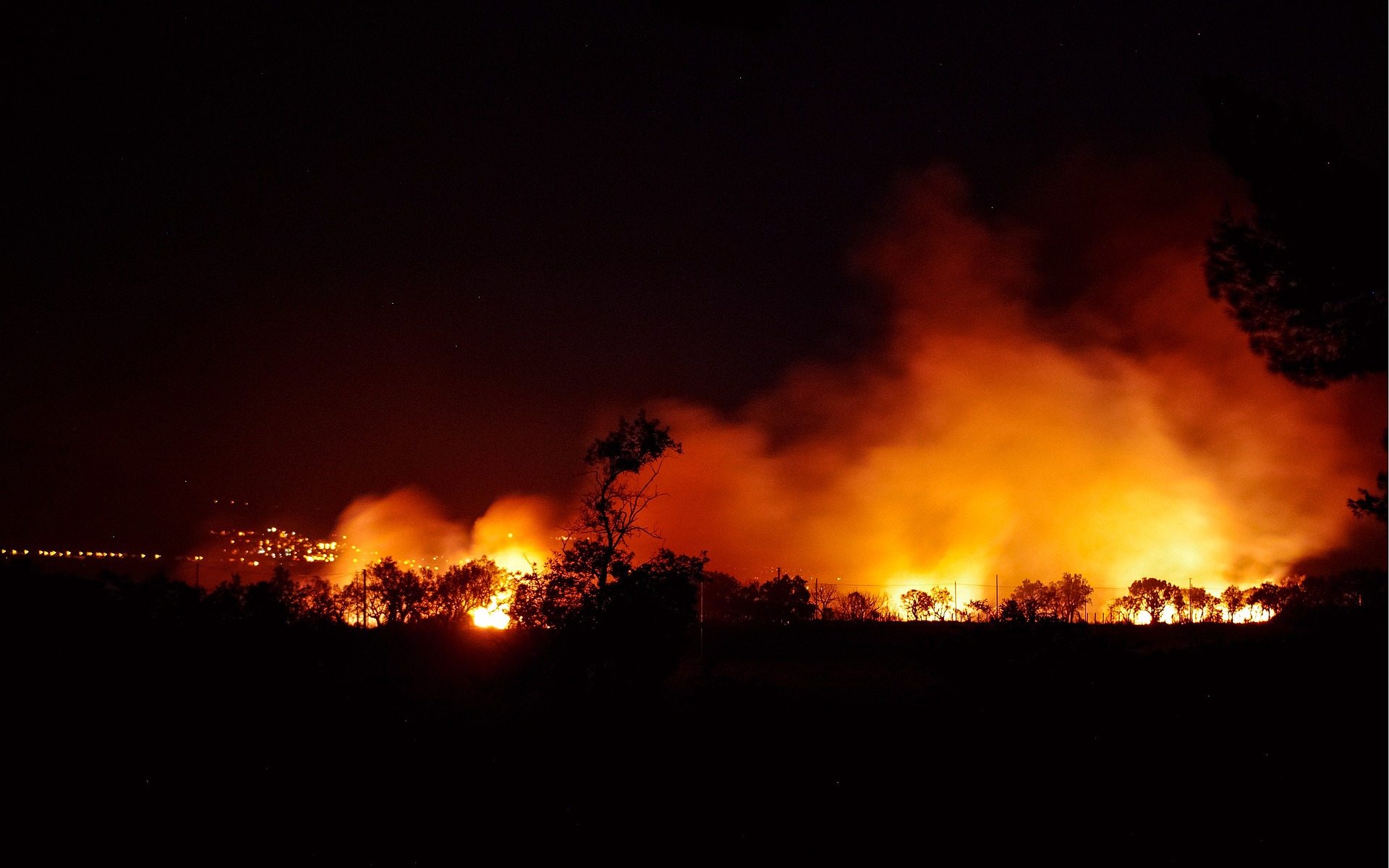Enhancing Safety: Harnessing the Power of Fire Watch Cameras

Fire outbreaks pose significant risks to both human lives and property. Timely detection of fires is crucial in preventing widespread devastation. In recent years, technological advancements have paved the way for more efficient fire detection methods. Among these innovations, fire watch cameras have emerged as a reliable and effective tool in identifying and monitoring potential fire hazards. In this article, we will explore how fire watch cameras function and their essential role in detecting fires, promoting early response, and ultimately mitigating the destructive impact of fire outbreaks.
Understanding Fire Watch Cameras
Fire watch cameras, also known as fire detection cameras or thermal imaging cameras, are intelligent devices equipped with advanced visual and thermal sensors. These cameras can quickly identify the presence of fire and provide real-time alerts to potential hazards. The primary mechanism behind their effectiveness lies in their ability to detect infrared radiation emitted by fires.
Detecting Fires with Precision
Fire watch cameras employ thermal imaging technology to detect heat signatures and temperature anomalies. By measuring the thermal energy emitted by various objects in their field of view, these cameras can distinguish between normal temperature patterns and the elevated temperatures associated with a fire. The high-resolution images captured by fire watch cameras allow for accurate identification of potential ignition sources, even in low-light or obscured environments.
Early Warning Systems
The key advantage of fire watch cameras lies in their ability to provide early warnings, allowing for rapid response and intervention. Once a fire or temperature anomaly is detected, these cameras instantly transmit alerts to designated personnel or a central monitoring system. By promptly notifying authorities or building occupants, fire watch cameras help reduce response times, enabling quicker evacuation and firefighting measures. This early warning system can be particularly crucial in scenarios where traditional smoke detectors may not be sufficient, such as large industrial settings or outdoor areas.
Integration with Smart Technologies
Fire watch cameras can be seamlessly integrated with other smart technologies to enhance their efficacy. Through connectivity with alarm systems, building management systems, or IoT platforms, fire watch cameras can trigger automated responses, such as activating fire suppression systems, closing fire doors, or sounding alarms. This integration ensures a synchronized approach to fire prevention and control, minimizing human error and maximizing the effectiveness of fire safety measures.
Monitoring and Remote Access
One of the significant advantages of fire watch cameras is their remote monitoring capabilities. With the advent of cloud-based solutions, these cameras can transmit live feeds and recorded footage to a central monitoring station or authorized personnel. This feature enables real-time surveillance and allows for immediate verification and response to potential fire incidents. Additionally, remote access to camera feeds empowers firefighters and emergency responders with valuable situational awareness, aiding in the development of effective strategies for firefighting and rescue operations.
Conclusion
Fire watch cameras represent a significant advancement in fire detection technology, offering high precision, early warnings, and seamless integration with existing safety systems. By harnessing the power of thermal imaging, these intelligent devices contribute to a proactive approach to fire prevention, enhancing safety measures, and minimizing potential losses. With their ability to swiftly identify and alert to fire hazards, fire watch cameras play a crucial role in safeguarding lives and protecting valuable assets. As we continue to embrace technological advancements, fire watch cameras will undoubtedly remain a vital tool in our collective effort to detect fires and ensure a safer future for all.
